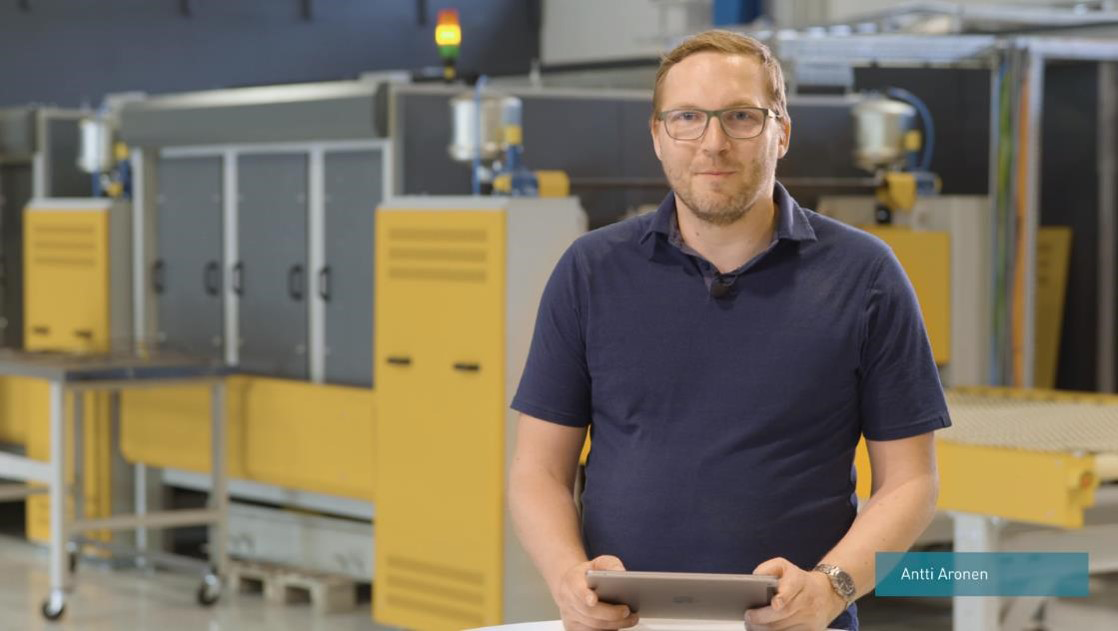
This week, we’re answering to the following two questions:
Most likely, the effect is coming from the tempering process when the glass is in contact with kevlar cords. In this case, the glass surface gets different properties in the areas where the glass was having this contact, and moisture behaves differently in these different areas. This can be seen as lines visible in the humid conditions. These kind of surface differences can be removed by polishing or buffing the glass surface.
The way to increase the impact strength of the glass is to increase its tempering stresses. And this you can do by increasing the glass temperature after the furnace or by increasing the cooling pressure during the cooling process.
One thing to keep in mind is that glass strength against impact depends on how much scratches you have on the surface. So, if the impact is on the roller side, the tempered glass performs much better than if the impact is on the air side. This is because the roller side is expanding the air side, causing the scratches to grow much easier.
Sign up for Glastory newsletter
We answer your questions about glass processing. Let us know your challenges and we promise to do our best to help you.
Comments are closed.